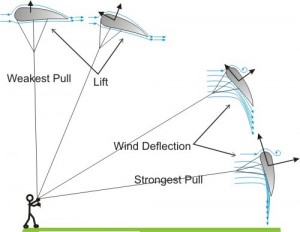Academics
“Kite to Aviation”
General weather seasons of Sri Lanka and their periods
Seasonal Distribution of Rainfall Based on the relative dominance of the causative factors, the rainfall year in Sri Lanka (March to February) can be divided in to four seasons.
(1)First Inter-monsoon season (March to mid-May)
(2)Southwest monsoon season (Mid May to September)
(3)Second Inter-monsoon season (October and November)
(4)Northeast monsoon season (December to February)
The distribution pattern of rainfall in Sri Lanka within an average year which reflects this seasonality can be quantified following:
- First inter-monsoon season, 21%
- Southwest monsoon season, 38%
- Second inter-monsoon season, 16%
- Northeast monsoon season, 25%
The two monsoons, therefore account for a little less than two-thirds of the total annual rainfall.
Characteristics of the Four Rainfall Seasons
Inter-monsoon Seasons -The distinctive pattern during the two inter-monsoon periods is the afternoon or evening rains and thunderstorms. This is the result of convective process taking place in the atmosphere. Conditions are similar during the two inter-monsoon periods. But in the first inter-monsoon season the rainfall is less, mainly because of less depressional activity. The island receives widespread heavy rainfall during the second inter-monsoon season mainly due to the passage of low pressure systems. During this period, depressions or cyclones across the island or their formation near the island can be seen.
Southwest Monsoon Season – During the southwest monsoon season, the rainfall is mostly over the southern parts of the country. At the beginning of the season rains occurs in the southern western low country. As winds strengthen it spreads gradually to the interior, with considerable heavy rainfall in western and southwestern slopes of the central highlands and exceeds 2,400 mm of rainfall at some stations. These stations receive average monthly totals of 1,000 mm or more during this season.
Northeast Monsoon Season -The northeast monsoon is comparatively dry stable and lesser vertical extent. During this season rainfall is mainly confined to the northeastern parts of the island with the heavier falls being concentrated along the eastern slopes of the central highlands. The weather in the island is, at times, associated with low pressure systems or depressions which in the South Asian region are commonly known as cyclones or tropical storms.
Surface Wind Patterns of the Sri Lanka
- Monsoonal wind patters
South West Monsoonal Wind
North East Monsoonal Wind
- Sea Breeze (Day Time)
- Land Breeze (Night Time)
Wind Directions
Basic theory of a Kite
The physics of how a kite gains lift is very similar to how an airplane gains lift. The wings generate lift force by the action of the moving air over the wing surface. A kite works in the same way. The wind blows in the direction of the kite and somewhat underneath it. This creates lift. The figure below illustrates this.
As shown, a string is attached to the kite in different locations so that the kite doesn't flop around in the wind. For further stability (as well as aesthetic value) a tail is often added to the back of the kite. If the wind were to blow the tail from the side, the kite would rotate until the tail (and kite) lined up with the wind. This allows the kite to remain straight and point in the direction of the wind. The photo below shows the tails of several kites.














